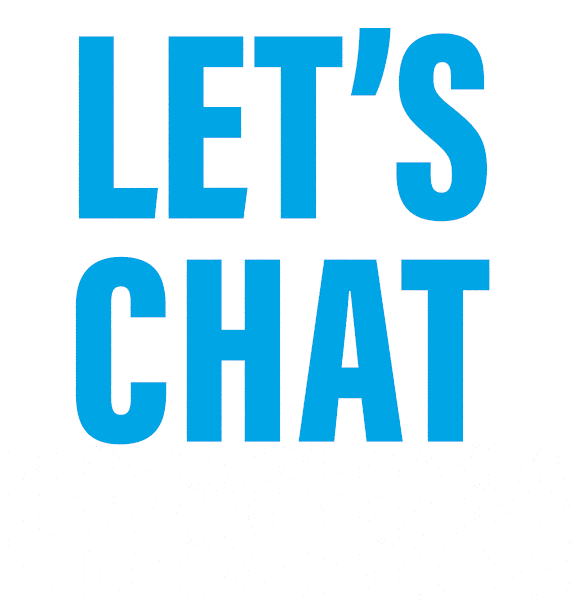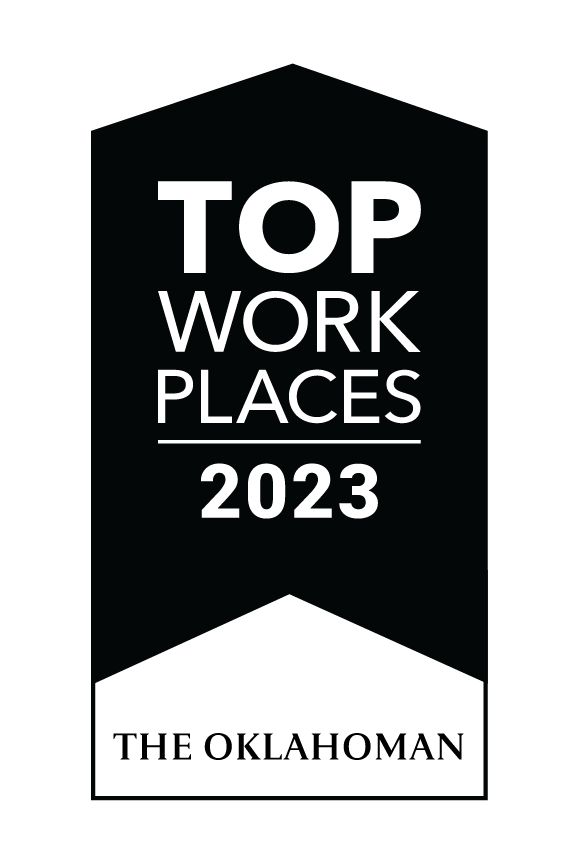In 1995, Disney and Pixar released "Toy Story," the first full-length animated feature created entirely by computer-generated images. Before then, you may not have thought about how your favorite animated movie was made—how every second of animation could contain anywhere from 12 to 24 different handcrafted drawings. Twenty-four drawings, hand-painted meticulously, to yield only one second of screen time. Throughout the years, we’ve allowed technology to make our jobs easier. Now, animators use software to replace the archaic methods of pencil and paper drawings—programs that allow for cleaner, more vibrant artwork, created faster than a traditional artist ever could. But in this ever-evolving world of art and technology, we started to lose the very thing that made those early animations so unique: the human touch.
When an animator hand-drew 24 different frames of animation, each frame, each line, was different. From the way the artist held the pencil to the way the graphite covered the paper. Every path special, every stroke matchless. Could it be that while computers helped us be more efficient in our work, they've caused us to lose the very nuances that we as humans relate to the most? But what if we could get it back? What if we could use the very technology that hid the human touch to mimic it?
It seems that is exactly what creatives are doing. Just as quickly as the awe and glamour of computer-generated images took over, creatives wanted to find ways to recreate the intricacies created by the hand of a traditional artist. First, being textures. Artists have been using technology to emulate traditional textures. With the use of algorithms and texture mappings, art programs can now replicate the look of traditional materials such as canvas, watercolor paper, or aged parchment. The integration of traditional textures not only aids in the visual experience but also allows artists to preserve the tactile qualities associated with handmade art.
Digital brushes are being designed to mimic traditional mediums and are revolutionizing the way artists approach their work. Whether emulating the stroke of an oil painting or the softness of charcoal, these digital tools provide a familiar experience in a digital environment.
But what about animation specifically? In recent years, despite the abundance of 3-D animation software and animators, many artists are returning to the charm of 2-D, hand-drawn animation. Frame-by-frame animation is a nuanced approach that resonates across generations. But how is technology being used to achieve this? By using the very programs that eliminated the need for frame-by-frame drawings, animators can recreate the look and feel of traditional animation. One way of doing so is by using posturized frame rates. When animating a ball rolling across the screen, a modern animator may only need to drop two key frames into the timeline—a starting key frame and a stopping keyframe. Then the software would fill in the gaps, creating a seamless, fluid animation of a ball rolling across the screen. A 60-frame animation could be created in seconds. But the animation itself might be too fluid, too seamless to have ever been made by human hands. So, by intentionally reducing the number of frames per second, animators introduce a rhythmic and hand-drawn quality to their work. This is not only a homage to classic animation but brings a human touch to the digital realm. Therefore, we’ve bridged the gap between the precision of technology and the imperfections of digital art.
Another aesthetic, once considered an optical flaw, is chromatic aberration. Artists are strategically distorting the colors towards the edges of the frame, mimicking the looks of analog lenses used to film older animations. The appeal of chromatic aberration lies in its ability to evoke a sense of nostalgia while pushing the boundaries of contemporary creativity.
Perhaps the most relevant example of this amalgamation of traditional and digital elements can be seen in the recent Sony animation feature, “Spider-Man: Into the Spider-Verse.” In addition to posturized frame rates and traditional texture, the film employs traditional overpainting techniques. Artists manually added imperfections and variations to individual frames, mirroring the organic inconsistencies of hand-painted animation. This meticulous approach not only defines the film’s groundbreaking digital style but also showcases the seamless integration of traditional craftsmanship within a digitally animated narrative.
So, it seems, from the use of traditional textures, digital brushes, and the mimicry of optical flaws, artists are using technology to recreate the idiosyncrasies of the human touch to relate to multiple generations of animation lovers.







